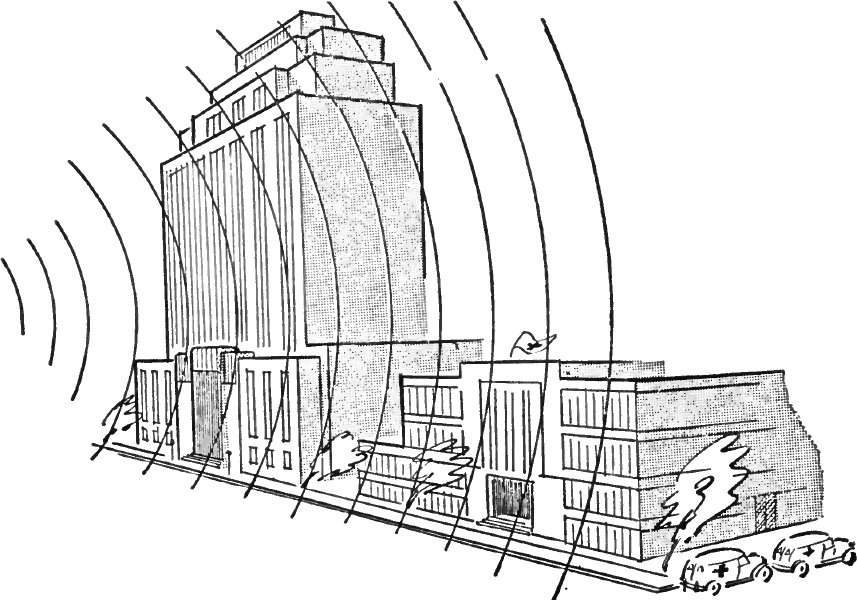<![CDATA[August seems to be a month for morbid anniversaries. The last few weeks have seen commemorations for the centenary of the outbreak of the First World War. A couple of days ago marked the anniversary of the Gulf of Tonkin incident, and the 6th August is the sixty ninth anniversary of the first nuclear attack, on Hiroshima. This depressing itinerary of coincidences serves as a poignant reminder of some of the darkest days in our history. These events all happened within a fifty year period in the twentieth century, symbolising a death toll that is impossible to comprehend. Hiroshima alone has an official total of 140,000 casualties, which may be a conservative estimate. The nature of the atomic bomb and its long term effects make counting difficult. The B-29 bomber Enola Gay initiated the world’s first nuclear attack at 8:15 am Japanese time. The bomber had set off from Tinian in Mariana Islands, a six hour flight from Japan. The plane had been specially modified to carry its payload, nicknamed ‘Little Boy’. The crew of the Enola Gay described seeing a column of smoke and intense fires after the bombs detonation. The dust cloud was so thick it was impossible for the damage from the attack to be measured for several days. Three months before the bombing of Hiroshima, Germany had surrendered to the Allies. Japan was fighting alone in a war it was only ever going to lose. The Pacific territories it had gained at the start of the war were now all but gone as Allied forces advanced ever closer to the country’s islands. Since midway through 1944 the country had been firebombed by U.S. bombers, with several major cities destroyed. On July 26th, the USA issued an ultimatum to Japan through the Potsdam Declaration. Co-signed by Britain and China, it called for an immediate surrender of the Japanese armed forces and threatened “total and utter destruction” for a failure to comply. There was no response to the declaration, and the U.S. became faced with the prospect of a costly ground war in Japan. It was in this context that the decision to deploy the first atomic bomb was made. The power of the bomb was unprecedented. The Manhattan Project had produced a weapon two thousand times more powerful than anything that had been witnessed previously. It was equivalent to up to 15,000 tonnes of TNT. The bomb devastated an area of five square miles, and destroyed more than 60% of the city’s buildings. Long term effects such as disability and radiation sickness afflicted the city’s population for years to come. Ultimately of course, the atomic bomb had its desired effect and Japan surrendered, but only after a second bomb was dropped. The device dropped on Nagasaki was in theory more powerful than that used against Hiroshima, but due to various geographical and meteorological factors it had a significantly lower death toll. Thankfully nuclear weapons have not been detonated in populated areas since, and Hiroshima and Nagasaki stand as a historic deterrent to anyone who might choose to do so. On the 6th August a crowd of 45,000 people commemorated the attack in Peace Park in Hiroshima, including some of the bombing’s survivors. Japan’s president pledged ‘to realise the abolition of nuclear weapons’, an attitude that is in stark contrast to the triumphalism of the BBC’s report on the events in 1945. The twentieth century was one of horrific loss. Hopefully the sombre reflections of the last few weeks will remind us not to repeat that century’s mistakes.]]>
Sixty Nine Years Since Hiroshima
